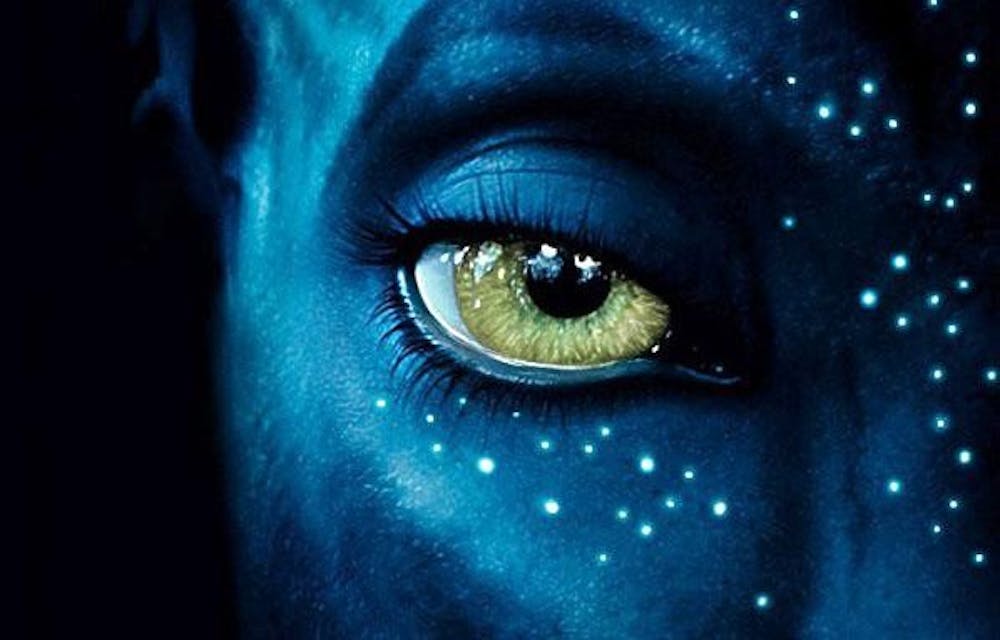It’s official: Hollywood is obsessed with 3-D. But you didn’t need me to tell you that. By now everyone (except me, apparently) has seen “Avatar” and beheld the wonders of James Cameron’s big blue vision.
You also paid several dollars more for a 3-D ticket than you did a regular ticket, and the big studios aren’t going to take a chance on that sort of profit being available for every movie ever from here on out.
It seems like new films are not being greenlit unless their directors are planning to shoot them in 3-D. The recently announced “Spider-Man” reboot wasn’t allowed to move to script stage until new director Marc Webb agreed to film it in three dimensions.
Current speculation is that the fourth installment of money-hungry Summit Entertainment’s Twilight Saga, “Breaking Dawn,” will be split into two movies, both of which will be filmed in 3-D.
Never mind that most commentators thought Stephenie Meyer’s fourth book — including implied rough sex, graphic violence and a preposterous ending — unfilmable. Now all those frightening, decidedly non-PG-13 images will likely be three-dimensional.
Not only does it appear all major film projects for the next few years will be in 3-D, but opportunistic studio executives are capitalizing on the immediate success of “Avatar” by converting already-shot films to 3-D in the post-production stage. “Clash of the Titans” had an original release date of March 26 but was recently pushed to April 2 so Warner Bros. could convert it.
“Iron Man 2” director Jon Favreau made no secret of wanting to shoot in digital 3-D, but his director of photography refused him. Now, however, it appears Marvel execs are talking about converting it, too, to 3-D.
The problem with this post-production conversion process is that it does not produce the smoothly layered effect that James Cameron achieved. The 3-D process Cameron pioneered involved shooting with digital film, among myriad other processes, but most 2-D pictures currently produced still use industry-standard 35 mm celluloid.
That image is converted into a digital image, which is then broken up into layers to achieve a heightened level of the 3-D illusion. That’s a gross simplification, but the problem I have with the process is fairly obvious — it’s not organic at all. If a film is shot in 2-D and then converted to 3-D, it’s not wholly in either dimension. It’s just sort of ... there, in inter-dimensional limbo.
And I’m not the only one who thinks so. George Lucas and his producer Rick McCallum won’t budge on converting any of the six “Star Wars” movies to 3-D due to a lack of technology that meets Lucas’ notoriously finicky expectations. I already regret writing this, but if something isn’t good enough for George Lucas, it isn’t good enough for me.
Look, I’m not saying that 3-D is a travesty. It can legitimately look amazing, and I have no doubt that once a director like George Lucas gets his hands on some fancy 3-D equipment, amazing things are going to happen.
But don’t count me among the 3-D believers, either. I’m skeptical that all this 3-D is going to even approach the amazing effects showcased in “Avatar,” and if it doesn’t, I’m not sure I’m comfortable shelling out more money for tickets to see a film in 3-D, enabling Hollywood to justify its mania. For now, seeing a film in only two dimensions is just fine with me.
Pop Goes Culture
Hollywood’s 3-D hysteria

Get stories like this in your inbox
Subscribe





